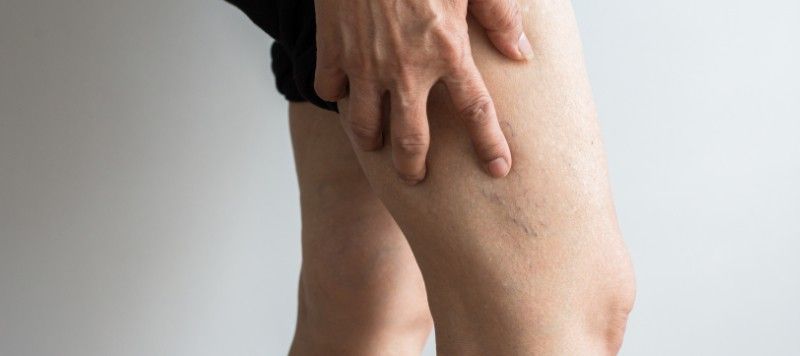
Skin Changes Associated with Vein Disease
Skin Changes Associated with Vein Disease
Vein Diseases
The process of blood pumping through the circulatory system is done by the heart. It is made possible by blood vessels that are flexible to supply blood to all body parts. Veins are responsible for returning oxygen-poor blood to the heart.
What Are Venous Diseases?
Venous diseases are diseases that are caused by blood clots and varicose veins. An obstruction in the normal blood flow causes a clot. When blood builds below the clot, the condition leads to venous insufficiency. They include the following;
Varicose and Spider Veins
It is a condition that results from the weakening of the blood vessel walls. Varicose and spider veins is an abnormal condition.
Chronic Venous Insufficiency
It is a condition that occurs when the veins in your legs cannot allow enough blood to get back to the heart. In normal conditions, the leg veins should pump blood back to the heart. But in the case where these valves are not functioning properly, blood tends to flow backward. It causes blood to pool in your legs.
Symptoms of Venous Insufficiency
Venous insufficiency is a common condition in women. It can also occur likely to older people above the age of 50, according to Cleveland clinic. The following are some of the symptoms associated with venous insufficiency;
Edema. It is a condition that makes your legs and ankles swell
Leg cramps
Itchy and weak legs
Feeling of pain when you stand and gets better when raising your legs
Skin Changes Associated With Venous Diseases
Chronic venous insufficiency, a condition associated with blood pooling in the legs, increases the pressure in the veins from days to weeks to months, to years. An increase in pressure causes the skin to turn its color to either tan or reddish-brown.
The skin discoloration can be noticed initially around the ankle. When blood pools in the legs, it causes skin irritation and inflammation. In addition, it can cause dryness, redness, itching, oozing of fluids, and open sores resulting from scratching and scrubbing.
Other cases are where you may develop painful red shiny, or brown areas. It can occur suddenly or even over a while.
Conclusion
If you have a venous disease, the chances are high that you can develop problems such as skin rashes, skin discoloration, and infections. For treatment purposes, evaluation should be done comprehensively. Call us to discuss any symptoms you may be experiencing 1-888-553-VEIN (8346).
Disclaimer-The contents of the Pinnacle Vein and Vascular Center site, such as text, graphics, images, and other material contained on the PVVC site (“content”) are for informational purposes only. The content is not intended to be a substitute for professional medical advice, diagnosis, or treatment. Always seek the advice of your physician or other qualified health provider with any questions you may have regarding a medical condition. Never disregard professional medical advice or delay in seeking it because of something you have read on the Pinnacle Vein and Vascular Center site.
